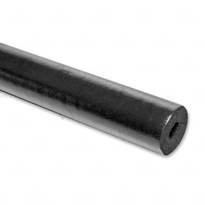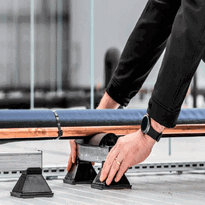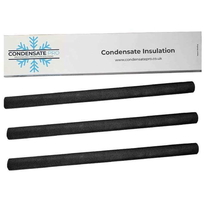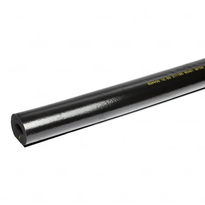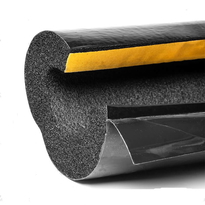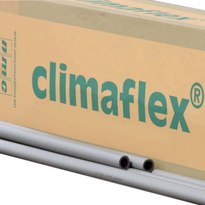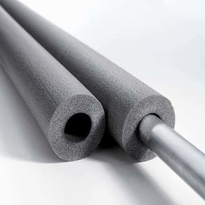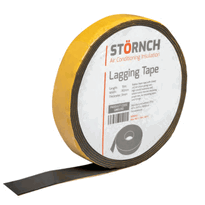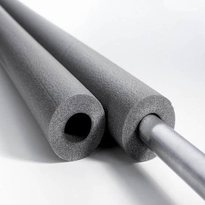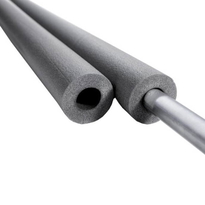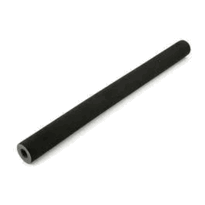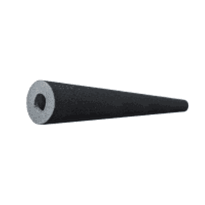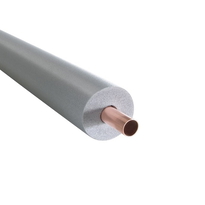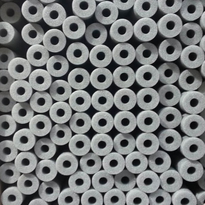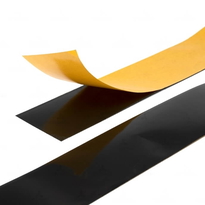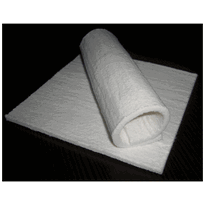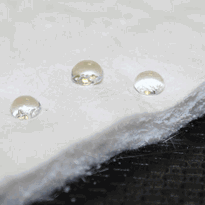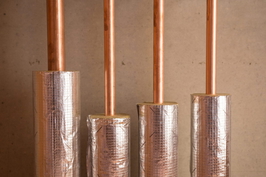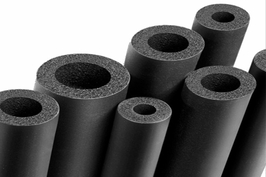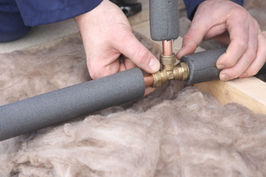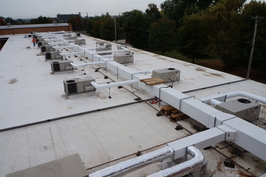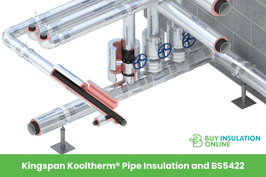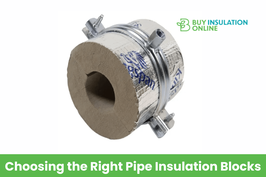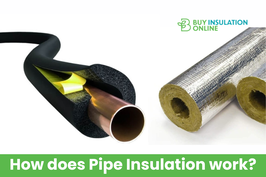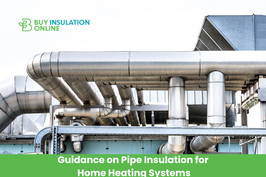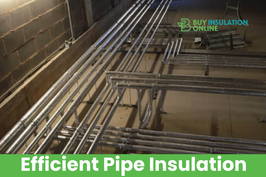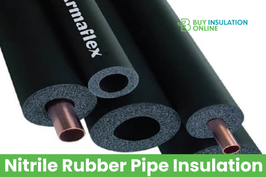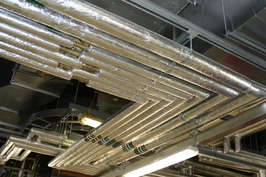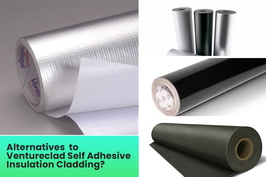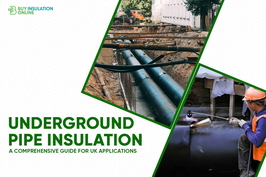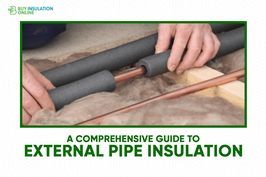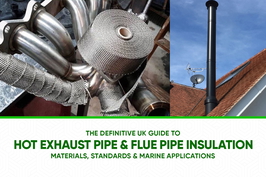Outdoor Copper Pipe Insulation
Outdoor copper pipe insulation requires durable, weather-resistant materials such as foam, rubber, mineral wool, or advanced composites to prevent heat loss, moisture ingress, and physical damage. Proper installation involves cleaning the pipes thoroughly and selecting the appropriate thickness, typically 12.5 mm or 25 mm, to ensure effective thermal protection.
Sealing the seams with suitable protective coatings or jacketing is essential to guard against UV rays, rain, and temperature fluctuations. Correct application of these materials not only enhances the longevity of the system but also improves its efficiency.
Further guidance on installation and suitable materials helps ensure optimal performance and durability of outdoor copper pipe insulation in UK conditions.
Types of Suitable Insulation Materials for Outdoor Copper Pipes
When selecting insulation materials for outdoor copper pipes, it's essential to consider the environmental conditions, the type of use, and the specific performance requirements, as these factors directly influence the most effective choice. Foam pipe insulations, such as polyethylene foam, provide lightweight and flexible options that ease installation while offering effective thermal protection. These insulations are popular for various outdoor applications due to their straightforward fitting and reliable insulation properties. Polyurethane foam is well-regarded for its moisture resistance and durability, making it particularly suitable for refrigeration and chilled water pipes. Its resilience against damp environments helps to prevent heat loss and protect the integrity of the piping system over time. Furthermore, self-sealing foam tubes facilitate simple installation, often eliminating the need for additional adhesives or closures. Rubber insulation, manufactured from natural or synthetic rubber, offers excellent thermal insulating capabilities along with flexibility. It's resistant to moisture and ultraviolet (UV) exposure, which helps extend the lifespan of the pipes and shields them from physical damage caused by the elements or mechanical impact. This resilience makes rubber insulation a dependable choice for outdoor copper piping exposed to varying weather conditions. This type of insulation can also be combined with protective coatings for UV resistance, which can further enhance the longevity of outdoor pipe insulation against sun damage and weathering. Mineral wool alternatives, especially those reinforced with vapour barriers, perform effectively in high-temperature environments. These materials combine thermal efficiency with fire resistance, making them suitable for applications where enhanced safety and durability are required.
Key Features to Consider When Choosing Outdoor Pipe Insulation
When selecting outdoor pipe insulation, it's important to carefully evaluate several key features that directly influence the material’s performance and lifespan. Durability and weather resistance are fundamental; the insulation must endure rain, snow, UV exposure, and temperature variations without deteriorating. Materials should resist moisture absorption and be equipped with protective coatings or coverings to prevent physical damage from impacts, pests, and sunlight. Fire resistance is a crucial consideration, especially in environments with higher risks. Fire-safe options enhance safety but may come at a higher cost. Adequate heat retention depends on the thickness of the insulation—thicker layers are suitable for colder climates, whereas thinner options may suffice in milder conditions. Additionally, vapor barriers and sealed seams are essential to prevent water ingress and moisture accumulation, which can lead to corrosion or the growth of mold. Proper maintenance and periodic inspection can also greatly extend the lifespan of outdoor insulation systems. Taking these features into account will help ensure long-term effectiveness and maintain the structural integrity of outdoor piping systems.
Proper Installation Techniques and Thickness Recommendations
Proper installation of outdoor copper pipe insulation begins with meticulous preparation of the pipes' surfaces. This involves thoroughly cleaning them with a damp cloth to remove dust, dirt, and residual debris that could impair insulation adhesion. Next, inspect the pipes for any leaks or corrosion, repairing these issues as necessary, and verify that the copper material is compatible with the chosen insulation. Ensuring the pipes are free of moisture and contaminants enhances insulation effectiveness. When selecting insulation, ensure that it matches the measured diameter and length of the pipes. Typical options include foam tubing or rubber sleeves, with standard thicknesses of approximately 12.5 mm or 25 mm. For installations in harsh or exposed environments, thicker insulation may be advisable to improve thermal performance and protection. To achieve proper coverage, slide pre-slit or adhesive-backed insulation over the straight sections of piping, overlapping layers where necessary and filling gaps at joints. Secure the insulation with suitable tape or ties every 30 to 60 centimeters to maintain stability. Seal the ends of the insulation with weatherproofing materials such as end caps or specialized sealant to prevent moisture ingress and protect against the elements. Additionally, high reflectivity in insulation materials can help reduce heat loss in outdoor applications. Seal the joints and ends thoroughly to prevent any air leaks that could compromise thermal efficiency. Regularly inspect the insulation after adverse weather, reinsulate if needed, and consider additional protective layers for extreme conditions. Keep in mind to adhere to local building codes and standards regarding insulation thickness and thermal protection to ensure compliance and optimal performance. Proper installation not only contributes to energy efficiency but also extends the lifespan of your copper piping by preventing heat loss and protecting against weather-related damage.
Benefits of Using Foam and Rubber Insulation in Outdoor Settings
Foam and rubber insulation materials offer numerous advantages when applied to outdoor copper pipes. They primarily enhance energy efficiency, control temperature, and prevent moisture-related issues. These insulations help reduce heat loss, with foam providing thermal stability and rubber foam's closed-cell structure minimizing heat transfer—particularly for hot water lines. Their low thermal conductivity makes them highly effective at maintaining consistent pipe temperatures. The resistance of these materials to UV radiation, chemicals, and weather conditions ensures long-term durability in outdoor environments. The lightweight and flexible nature of these materials allows for straightforward installation and a snug fit around various pipe shapes, which reduces labour time and improves insulation performance. Practical benefits also include noise reduction in HVAC applications, as well as extending the lifespan of pipes, supporting a cost-effective insulation solution. This contributes to greater system reliability and supports more sustainable, environmentally friendly practices.
Exploring Advanced Insulation Options for Enhanced Performance
Advanced insulation solutions are vital for ensuring the optimal performance and durability of outdoor copper pipes, particularly in the challenging environments common across the UK, where standard materials may not suffice. Selecting the right insulation can significantly extend the lifespan of piping systems and improve energy efficiency.
Phenolic insulation is lightweight and rigid, offering effective thermal resistance. It's typically faced with aluminium foil to enhance durability and efficiency. However, phenolic insulation isn't UV resistant, which means it requires protective jacketing or coatings to prevent degradation when exposed to sunlight.
Stone wool insulation provides excellent resistance to high temperatures, moisture, and fire. It also offers environmental benefits, making it an eco-friendly choice. Like phenolic, stone wool needs UV protection if it's to be used outdoors, ensuring it maintains its insulating properties over time.
Nitrile rubber insulation offers flexibility, making it suitable for applications where movement or vibrations may occur. It delivers strong moisture barrier properties and is effective at sound insulation. When used outdoors, it should be coated with UV protective layers to preserve its integrity against sunlight exposure.
Polyurethane foam is renowned for its high thermal performance and moisture resistance. Its versatility makes it a popular choice for HVAC systems, where efficient thermal management is critical. Its durable nature ensures long-lasting insulation in outdoor environments.
Aerogel insulation boasts outstanding thermal performance, making it ideal for applications with space constraints or demanding outdoor conditions. Its low weight and exceptional insulating properties contribute to increased system efficiency, especially where limited space is available.
Additionally, some materials like closed-cell polyethylene foam are specifically engineered to resist UV degradation, making them suitable for outdoor applications without additional protective coatings.
Conclusion
Proper outdoor copper pipe insulation enhances durability by preventing corrosion and heat loss, thereby extending the lifespan of the pipes. Selecting suitable materials, such as foam or rubber, and applying correct installation techniques with appropriate thicknesses ensures optimal performance. Advanced insulation options can further boost efficiency in harsh weather conditions.
Adhering to these guidelines guarantees effective protection, reduces energy costs, and minimises the risk of damage. Consequently, careful insulation is an essential aspect of outdoor pipe maintenance, helping to maintain the integrity and longevity of your plumbing system.
